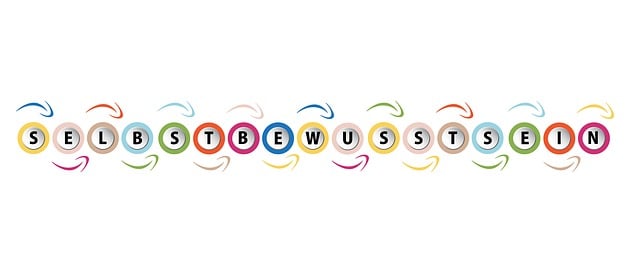Self-exclusion tools empower individuals to combat problem gambling by offering mechanisms to limit or prevent access to gambling platforms. These include blocking websites/apps, setting deposit limits, and activating time restrictions. Effective implementation involves understanding triggers, providing clear user-friendly options for voluntary access restriction, promoting regular use through awareness campaigns, and integrating these tools into a holistic digital wellness approach. Robust identity verification, accessible instructions, and reminders enhance accountability for responsible gaming practices.
Self-exclusion tools are powerful mechanisms designed to help individuals combat excessive gambling. This article delves into the intricacies of these tools, offering a comprehensive guide for both users and stakeholders. We’ll explore ‘Understanding Self-Exclusion Tools: A Primer’ to demystify their functionality. Subsequently, we’ll uncover ‘Strategies for Effective Implementation’ and discuss ‘Enhancing Accountability: Best Practices’. By the end, readers will grasp the significance of self-exclusion tools in responsible gambling.
- Understanding Self-Exclusion Tools: A Primer
- Strategies for Effective Implementation
- Enhancing Accountability: Best Practices
Understanding Self-Exclusion Tools: A Primer

Self-exclusion tools are designed to empower individuals in their efforts to combat problem gambling by providing them with mechanisms to limit or prevent access to gambling platforms and sites. These tools offer a proactive approach, allowing users to set personal boundaries and maintain control over their behavior. By leveraging self-exclusion strategies, individuals can take a significant step towards responsible gaming and recovery from addictive gambling habits.
In the digital age, where online gambling has become increasingly accessible, self-exclusion tools have evolved to include advanced features. These may involve blocking specific websites or apps, setting deposit limits, and even activating time-based restrictions. Many gambling platforms now offer user-friendly interfaces for implementing these measures, ensuring individuals can access and modify their settings easily. This accessibility is crucial in promoting responsible gaming practices and supporting those seeking to manage or overcome gambling-related issues.
Strategies for Effective Implementation

Implementing effective self-exclusion tools requires a strategic approach tailored to the specific needs and challenges of your target audience. Firstly, identify key triggers that lead to excessive or problematic gambling behavior. These could include specific gaming types, time spent online, or financial limits. Based on these insights, design clear and user-friendly mechanisms allowing individuals to voluntarily restrict access to gambling platforms.
Ensure accessibility and flexibility by offering a range of self-exclusion options, such as setting daily, weekly, or monthly limits; blocking specific games; or even suspending accounts entirely. Encourage regular use of these tools through awareness campaigns and reminders, fostering a culture of responsible gaming. By integrating self-exclusion strategies into a holistic approach to digital wellness, you empower individuals to take control of their online habits and make informed decisions regarding gambling activities.
Enhancing Accountability: Best Practices

Self-exclusion tools are powerful mechanisms designed to promote responsible gaming and protect individuals from potential addiction. To enhance accountability, best practices include implementing robust verification processes to confirm user identity and age. This ensures that only eligible players can access self-exclusion options, preventing underage or fake accounts from making use of these measures.
Additionally, providing clear, accessible, and detailed instructions on how to utilize self-exclusion tools is paramount. Users should be guided through the steps involved, with options for multiple timeframes (e.g., 24 hours, 7 days) readily available. Regular reminders and notifications about the active self-exclusion status can further strengthen accountability, reinforcing the user’s commitment to responsible gaming practices.
Self-Exclusion Tools are powerful mechanisms that enable individuals to take control of their online behavior and well-being. By implementing effective strategies, as outlined in this article, we can enhance digital accountability and create healthier interactions with technology. These tools offer a proactive approach to managing excessive screen time, ensuring a more balanced and mindful digital lifestyle. Incorporating best practices into daily routines can lead to significant improvements in mental health and overall well-being.






